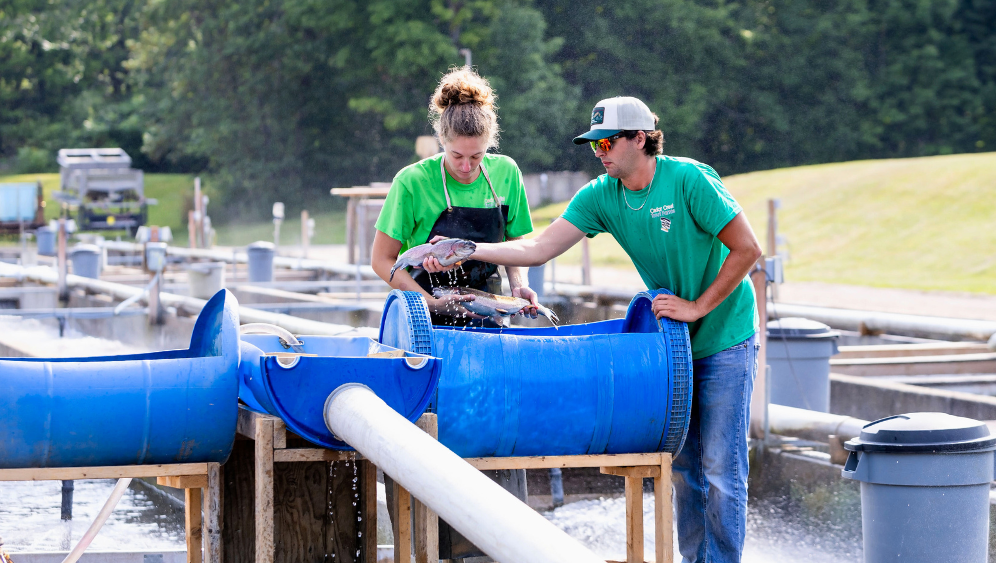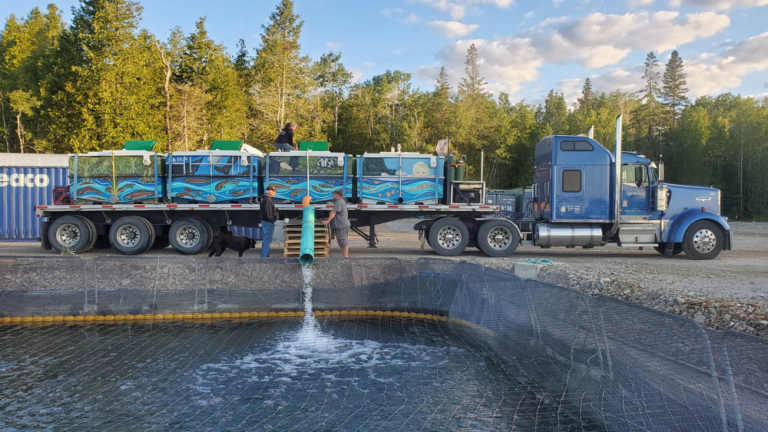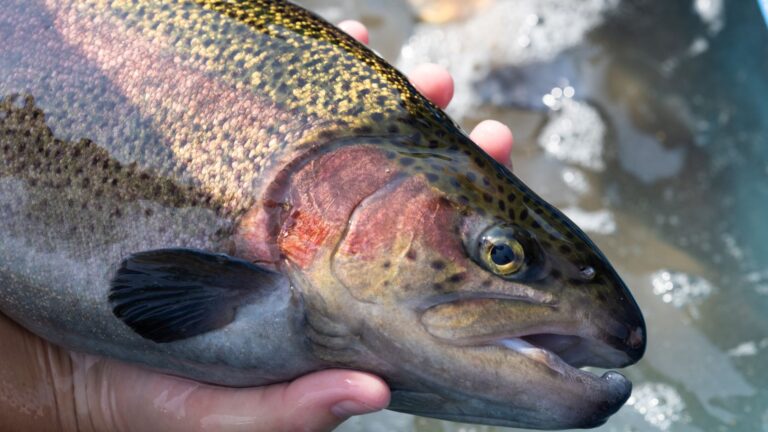
Why offshoring the environmental impact of farming is hurting the planet
At Springhills, we believe in leaving the planet better than we found it. That’s why we’re troubled by a growing trend in food policy: offshoring the environmental impact of farming.
In an effort to address climate and sustainability concerns, governments are introducing policies meant to reduce the footprint of agriculture. But too often, these policies don’t actually reduce global harm — they simply push food production to other countries with weaker environmental standards.
Here’s how it happens:
- People read worrying claims online (some true, many not) about the environmental impact of certain types of farming, especially livestock and fish.
- Governments respond with well-intentioned but rigid rules — new taxes, production caps, and slowdowns on farm expansion.
- Canadian production declines as a result.
- But demand doesn’t go away — so grocery stores source the same food from countries with lower environmental and animal welfare standards.
This is a pattern we’ve seen in fish farming for years. Eco-certified farms in Canada are closed due to public pressure or misinformation, only to be replaced by imported fish that may come from countries with much higher environmental costs.
Take antibiotics, for example. The average Canadian fish farm uses near-zero antibiotics per tonne of fish. In Chile, some farms average around half a kilogram per tonne — a 100-fold difference.
But it’s not just antibiotics. Canadian farms operate under some of the world’s strictest environmental standards, including routine government inspections, mandatory water quality monitoring, and public reporting. That’s simply not the case in many of the countries we now import from.
The same trend is spreading across farming — and that’s a problem.
It’s not just fish. We’re seeing this dynamic in pork, poultry, and even crops. All this despite the fact that Canadian farmers are among the most environmentally efficient in the world:
- Canadian chicken and eggs generate roughly 50% fewer greenhouse gas emissions than the global average.
- Canadian dairy has a 62% lower emissions footprint than dairy produced elsewhere.
- Farmed fish remains the lowest-emission animal protein available, with Canada leading the pack.
At Springhills, we believe every farmer — here and abroad — can continue to improve. And we’re proud to be part of an industry that’s constantly innovating and doing better. But we also believe our policies should reflect common sense: if Canada’s farmers are leading the way in environmental performance, they should be supported — not sidelined.
So what’s the fix?
First, we need to recognize and celebrate the environmental gains Canadian farmers have already made.
Second, we should support global eco-certification systems — like Best Aquaculture Practices — that hold all producers, everywhere, to rigorous, evolving environmental and animal welfare standards.
And finally, the simplest and most effective step: Buy Canadian.
Because offshoring our food production doesn’t fix the planet. But supporting smart, local, well-regulated farmers does.


